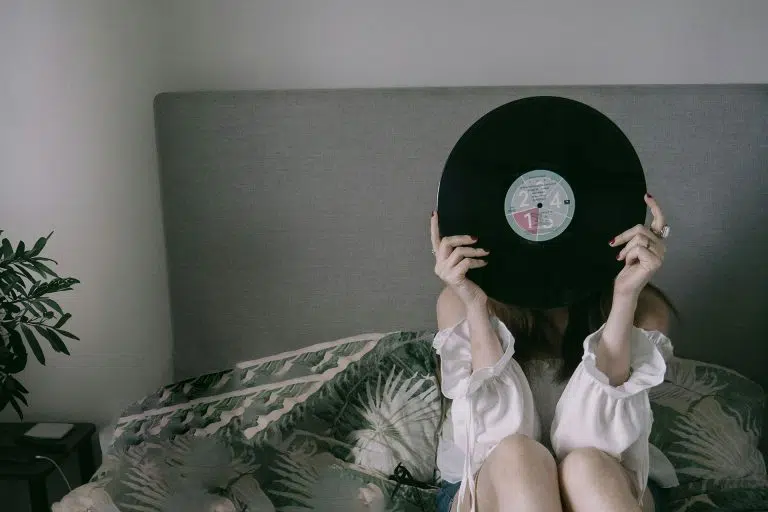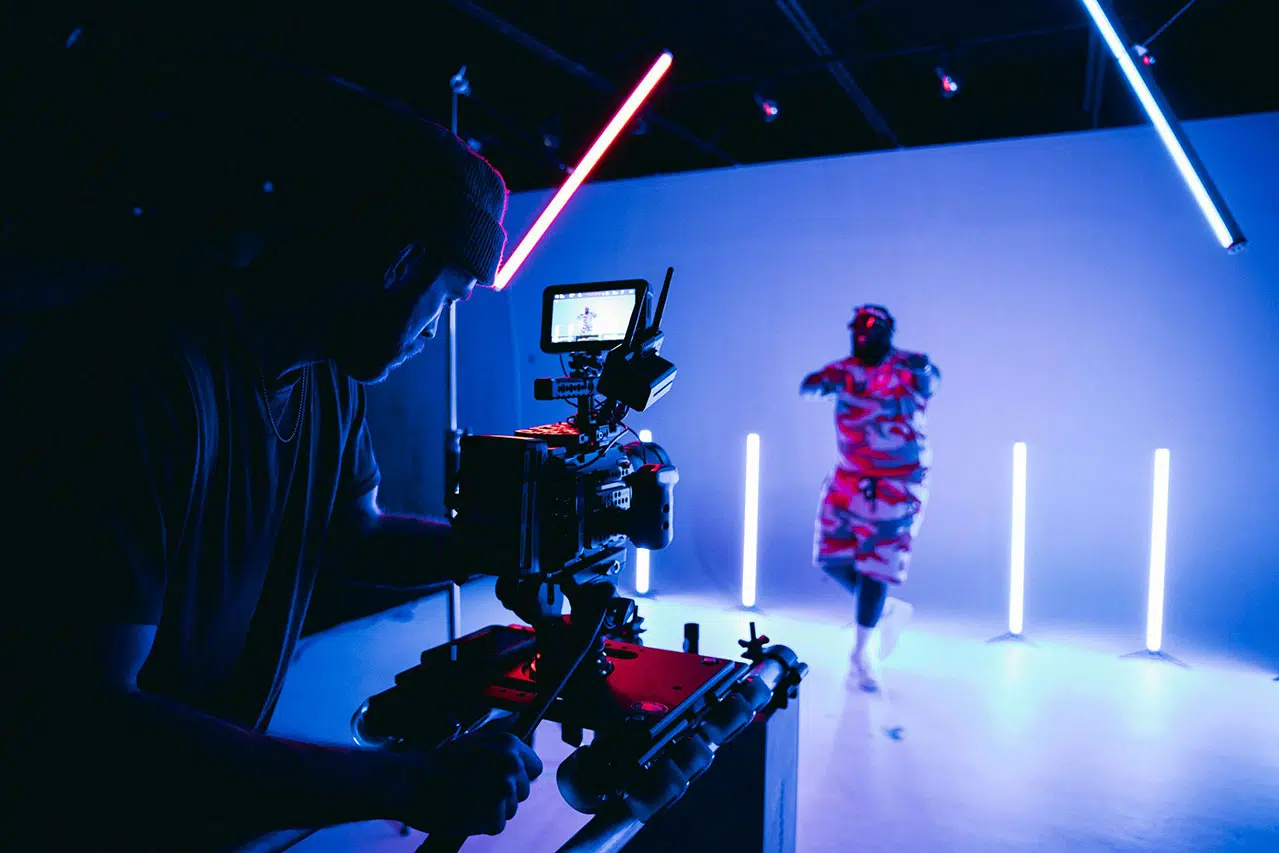Table of Contents
Vinyl records have made a stunning comeback in recent years, captivating music lovers and collectors alike. With this revival comes a rich landscape of different types of vinyl, each with its own nuances. Among these are first pressing vinyl records and reissued vinyl. For audiophiles and vinyl enthusiasts, understanding the differences between these two can elevate your collecting experience.
In this post, we’ll dive into what sets first pressing vinyl apart from reissues, their value, sound quality, and tips for making informed purchases.
Understanding Vinyl Pressings
What Is a First Pressing Vinyl Or Original Pressing?
A first pressing vinyl refers to the initial batch of records pressed from the original master recording. This first run typically features the original label design, artwork, and mastering. Collectors often seek out first pressing vinyl because they can offer a direct connection to the music as it was originally intended. The historical significance and limited availability of first pressing vinyl can make them highly desirable and valuable in the collector’s market.
What Is a Reissued Vinyl?
On the other hand, reissued vinyl consists of records that are pressed after the original release. Reissues can happen for various reasons, including a resurgence in popularity, remastering efforts, or to make classic albums more accessible to new audiences. While some reissues aim to replicate the original sound quality, others might feature updated mastering techniques or even additional content that wasn’t available in the first pressing.
The Value of First Pressings vs. Reissues
When it comes to vinyl record value, first pressing vinyl often carries a higher price tag due to their rarity and the nostalgia associated with them. Collectors are willing to pay a premium for first pressing vinyl that captures the essence of the original release. Factors that influence value include condition, the popularity of the album, and market demand.
However, it’s essential to note that not all reissues lack value. Some reissued records—especially high-quality pressings—can also become sought after, particularly if they feature unique artwork or are pressed on colored vinyl, making them appealing alongside first pressings.
Why Some Reissues Hold Value
Certain reissues gain traction in the collector’s market due to their quality. Limited edition reissues, especially those pressed on premium vinyl or remastered by reputable engineers, can become valuable. For instance, special anniversary editions or reissues of classic albums often appeal to both new listeners and dedicated fans, creating demand that drives up value and sometimes even rivals first pressings.
Sound Quality: First Pressing vs. Reissue
The Audiophile Perspective
From an audiophile’s standpoint, sound quality is paramount. Vinyl pressing quality can significantly affect how music sounds, and first pressing vinyl often shines in this department. Many audiophiles believe that first pressing vinyl delivers a richer, more authentic listening experience, capturing the nuances of the recording.
However, not all first pressings are equal. Variations in the vinyl formula and pressing techniques can impact quality. Reissues, particularly those produced with modern technology, can sometimes surpass the original first pressing in terms of sound fidelity. Mastering engineers may utilize better equipment or techniques that enhance audio quality, making some reissues worth considering.
Collectors’ Preferences
While some collectors may prefer the historical significance of first pressings, others appreciate the advancements in audio technology that reissues can offer. Ultimately, personal preference plays a huge role. It’s not uncommon for collectors to seek out both first pressing vinyl and high-quality reissues to create a diverse and satisfying listening experience.
Identifying First Pressings
If you’re keen on expanding your collection with first pressing vinyl records, here are some tips to help you identify them:
- Check the Matrix Number: The matrix number is often etched into the runout groove and can indicate whether it’s a first pressing. Look for specific codes that denote the original press.
- Examine the Label: First pressing vinyl usually features the original label design. Pay attention to details such as the logo, colors, and font.
- Inspect the Cover Art: Sometimes, first pressings have unique cover art or slight differences in design compared to reissues. Look for variations that might signal a first pressing vinyl.
Tips: You can use the Discogs mobile app to scan the serial number code of your vinyl record with the QR code scanner, making it easy to add it to your Discogs collection in the meantime to identify the record.
Making Smart Purchases
When purchasing vinyl, whether first pressing vinyl or reissues, consider these tips:
- Shop from Reputable Sources: Stick to well-reviewed sellers, whether you’re buying online or in-person. Websites like Discogs or local record shops can be great places to start.
- Inspect Condition: Always check the condition of the vinyl and cover. Look for any scratches, warps, or ring wear that could affect playability.
- Ask Questions: Don’t hesitate to ask sellers about the provenance of the vinyl. They may provide insights that help you make informed decisions regarding first pressing vinyl.
Conclusion
In summary, the debate between first pressing vinyl and reissued vinyl is an engaging topic for any vinyl enthusiast or audiophile. Each type has its unique qualities, and understanding these can enhance your collecting experience. Whether you’re drawn to the nostalgia of first pressing vinyl or the accessibility of high-quality reissues, there’s something for everyone in the world of vinyl.
As you explore your vinyl collection, consider checking out more resources to deepen your understanding of vinyl setup tips or explore audiophile vinyl recommendations. Happy collecting!






One Response
I have Prince the Black Album and the Bootleg of Prince the Black Album . Never played in Polyvinyl record sleeve and Polyline covering the art work. I want $ 50,000 American Dollars. No exceptions. Both in Mint condition from the 80s.